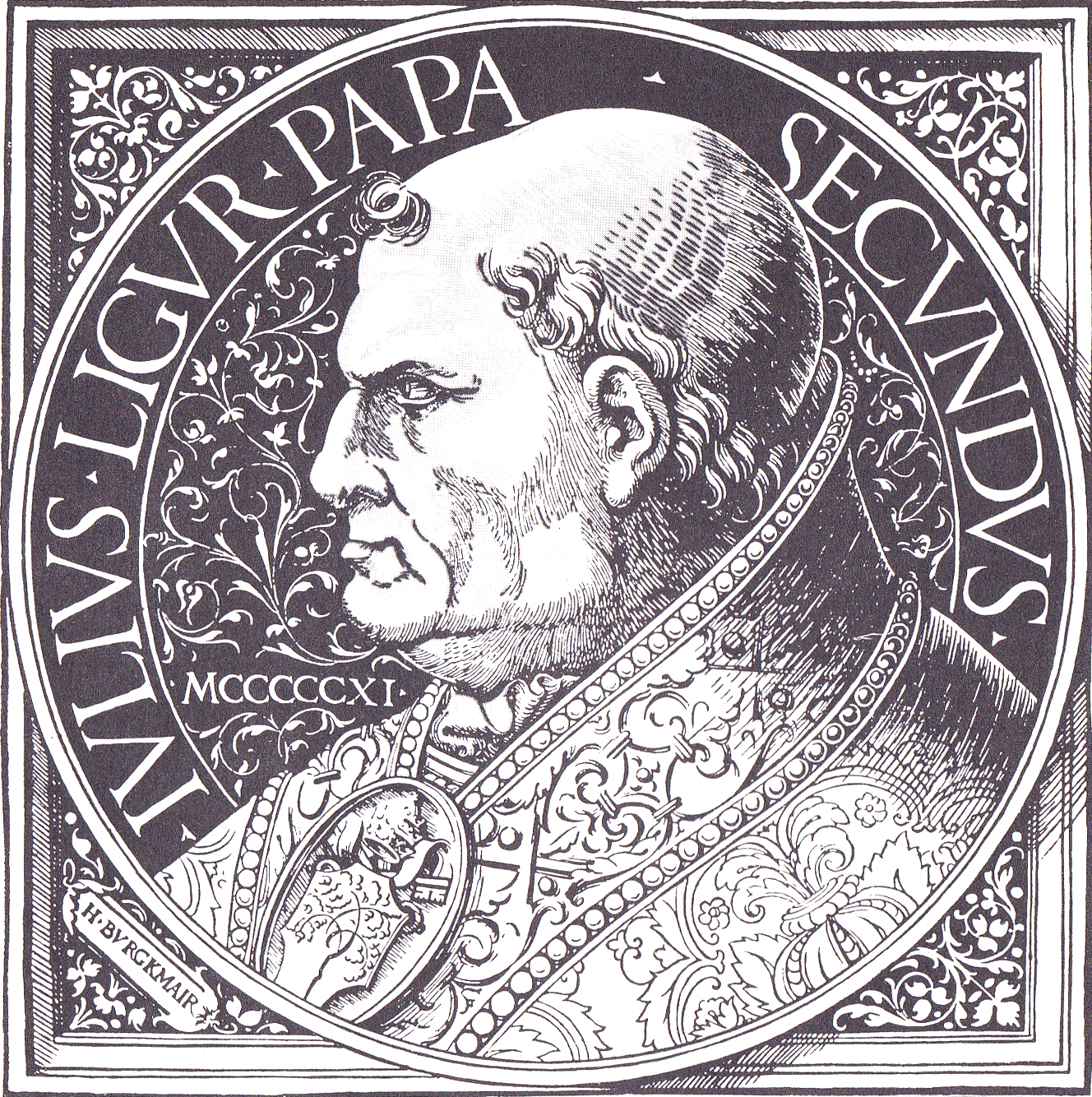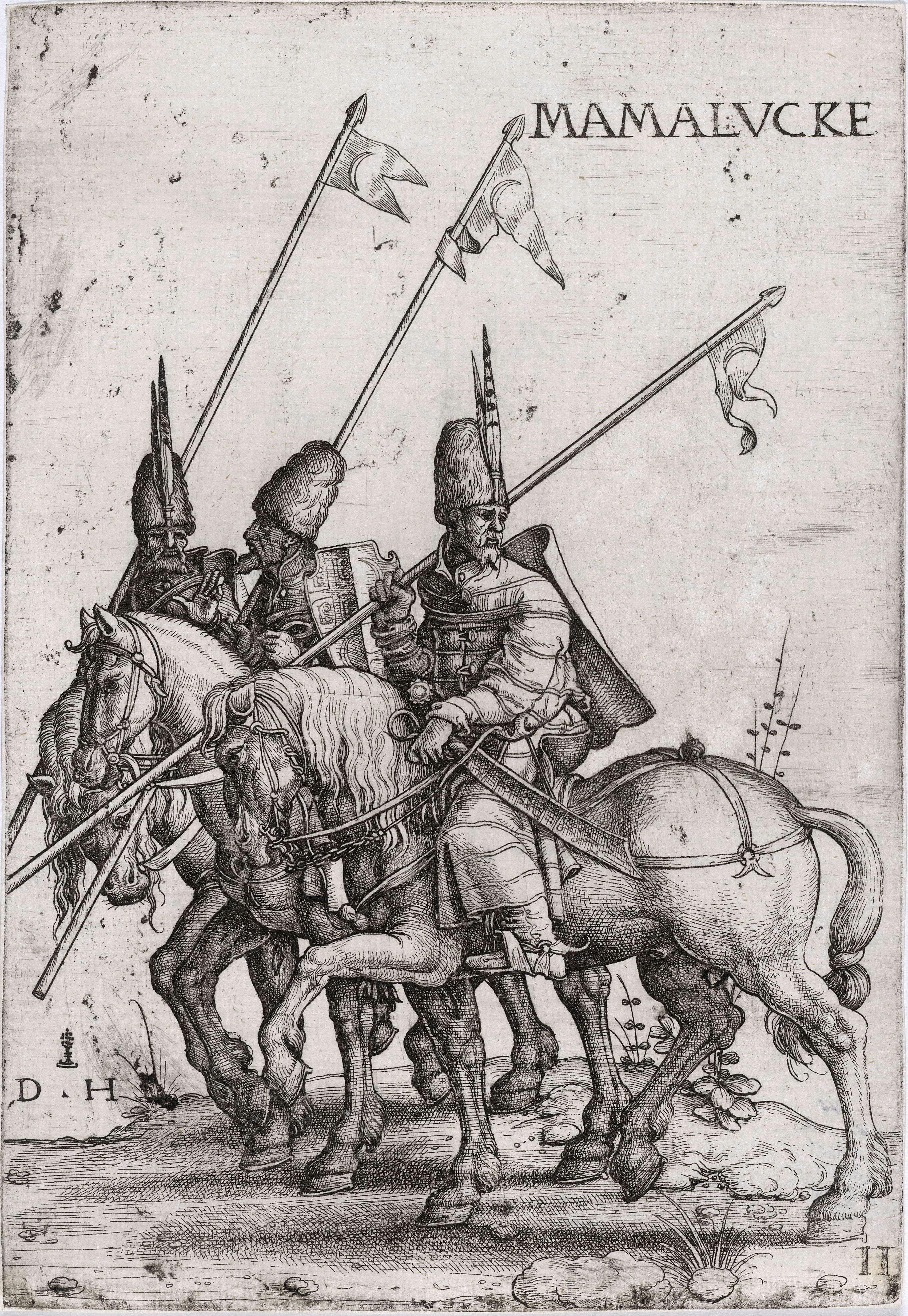|
Martín Fernández De Angulo Saavedra Y Luna
Martín Fernández de Angulo Saavedra y Luna (died 21 June 1516) was a Roman Catholic prelate who served as Bishop of Córdoba (1510–1516) and Bishop of Cartagena (1508–1510).Catholic Hierarchy: "Bishop Martín Fernández de Angulo Saavedra y Luna" retrieved 14 January 2016 Biography On 22 December 1508, Martín Fernández de Angulo Saavedra y Luna was selected by the King of Spain and confirmed byPope Julius II
Pope Julius II (; ; born Giuliano della Rovere; 5 December 144321 February 1513) was head of the Catholic Church and ruler of the Papal States from 1503 to his death, in ...
[...More Info...] [...Related Items...] OR: [Wikipedia] [Google] [Baidu] |
Catholic Church
The Catholic Church (), also known as the Roman Catholic Church, is the List of Christian denominations by number of members, largest Christian church, with 1.27 to 1.41 billion baptized Catholics Catholic Church by country, worldwide as of 2025. It is among the world's oldest and largest international institutions and has played a prominent role in the history and development of Western civilization.Gerald O'Collins, O'Collins, p. v (preface). The church consists of 24 Catholic particular churches and liturgical rites#Churches, ''sui iuris'' (autonomous) churches, including the Latin Church and 23 Eastern Catholic Churches, which comprise almost 3,500 dioceses and Eparchy, eparchies List of Catholic dioceses (structured view), around the world, each overseen by one or more Bishops in the Catholic Church, bishops. The pope, who is the bishop of Rome, is the Papal supremacy, chief pastor of the church. The core beliefs of Catholicism are found in the Nicene Creed. The ... [...More Info...] [...Related Items...] OR: [Wikipedia] [Google] [Baidu] |
Roman Catholic Diocese Of Córdoba
The Diocese of Córdoba () is a Latin Church diocese of the Catholic Church located in the city of Córdoba, Spain, Córdoba in the ecclesiastical province of Roman Catholic Archdiocese of Sevilla, Sevilla in Spain."Diocese of Córdoba" ''Catholic-Hierarchy.org''. David M. Cheney. Retrieved February 29, 2016"Diocese of Córdoba" ''GCatholic.org''. Gabriel Chow. Retrieved February 29, 2016 Demetrio Fernández González is the current bishop. List of bishops *Severo (279) *Grato *Beroso *Hosius of Corduba, Osio (295–357) *Higinio (358–387) *Gregorio (388) *Esteban (finales del s. V) *Agapio I (antes de 589 - c. 591) *Eleuteri ...[...More Info...] [...Related Items...] OR: [Wikipedia] [Google] [Baidu] |
Alonso Manrique De Lara
Alfonso or Alonso Manrique de Lara y Solís ( Segura de León, Badajoz, 1476 – Seville, 28 September 1538) was a Spanish churchman. Biography Manrique was born in Segura de León in Badajoz, apparently a son from the third marriage of the famous Rodrigo Manrique de Lara with a Solís-Castañeda woman (1404 – Ocaña, 1476), being therefore a very young stepbrother of the poet Jorge Manrique de Lara (circa 1440 – 1479, died besieging the castle of Garcimuñoz). Jerónimo Manrique de Lara was his son. He was Bishop of Badajoz (September 1499 until before 1516), Bishop of Córdoba (August 1516 – 1523) and Archbishop of Seville (from August 1523). He was Inquisitor General (September 1523 onwards) as a successor of Adrian of Utrecht (later Pope Adrian VI), and appointed around February – April 1531 as cardinal-priest of the Santi Apostoli, Rome Santi Dodici Apostoli (Church of the Twelve Holy Apostles; ), commonly known as Santi Apostoli, is a 6th-century Catholic p ... [...More Info...] [...Related Items...] OR: [Wikipedia] [Google] [Baidu] |
Spain
Spain, or the Kingdom of Spain, is a country in Southern Europe, Southern and Western Europe with territories in North Africa. Featuring the Punta de Tarifa, southernmost point of continental Europe, it is the largest country in Southern Europe and the fourth-most populous European Union member state. Spanning across the majority of the Iberian Peninsula, its territory also includes the Canary Islands, in the Eastern Atlantic Ocean, the Balearic Islands, in the Western Mediterranean Sea, and the Autonomous communities of Spain#Autonomous cities, autonomous cities of Ceuta and Melilla, in mainland Africa. Peninsular Spain is bordered to the north by France, Andorra, and the Bay of Biscay; to the east and south by the Mediterranean Sea and Gibraltar; and to the west by Portugal and the Atlantic Ocean. Spain's capital and List of largest cities in Spain, largest city is Madrid, and other major List of metropolitan areas in Spain, urban areas include Barcelona, Valencia, Seville, ... [...More Info...] [...Related Items...] OR: [Wikipedia] [Google] [Baidu] |
Roman Catholic Diocese Of Cartagena
The Diocese of Cartagena () is a Latin Church diocese of the Catholic Church in the city of Cartagena, Spain, Cartagena in the ecclesiastical province of Archdiocese of Granada, Granada in Spain."Diocese of Cartagena" ''GCatholic.org''. Gabriel Chow. Retrieved February 29, 2016 ''Catholic-Hierarchy.org''. David M. Cheney. Retrieved March 21, 2016 History Ancient Diocese There is a tradition that James the Greater established the ancient diocese of Cartagena in the first century AD, and there is a bishop documented during the persecution of Diocletian. In 325, Cartagena was elevated to the sta ...[...More Info...] [...Related Items...] OR: [Wikipedia] [Google] [Baidu] |
Pope Julius II
Pope Julius II (; ; born Giuliano della Rovere; 5 December 144321 February 1513) was head of the Catholic Church and ruler of the Papal States from 1503 to his death, in February 1513. Nicknamed the Warrior Pope, the Battle Pope or the Fearsome Pope, it is often speculated that he had chosen his papal name not in honor of Pope Julius I but in emulation of Julius Caesar. One of the most powerful and influential popes, Julius II was a central figure of the High Renaissance and left a significant cultural and political legacy. As a result of his policies during the Italian Wars, the Papal States increased their power and centralization, and the office of the papacy continued to be crucial, diplomatically and politically, during the entirety of the 16th century in Italy and Europe. In 1506, Julius II established the Vatican Museums and initiated the rebuilding of the St. Peter's Basilica. The same year he organized the famous Swiss Guard for his personal protection and commanded a su ... [...More Info...] [...Related Items...] OR: [Wikipedia] [Google] [Baidu] |
Catholic-Hierarchy
''Catholic-Hierarchy.org'' is an online database of bishops and dioceses of the Latin Church and the 23 Eastern Catholic Churches that are in full communion with Rome. The website, not officially sanctioned by the Church, is run as a private project by David M. Cheney in Kansas City. Origin and contents In the 1990s, David M. Cheney created a simple internet website that documented the Catholic bishops in his home state of Texas—many of whom did not have webpages. In 2002, after moving to the Midwest, he officially created the present website catholic-hierarchy.org and expanded to cover the United States and eventually the world. The database contains geographical, organizational and address information on each Catholic diocese in the world, including Eastern Catholic Churches in full communion with the Holy See, such as the Maronite Catholic Church and the Syro-Malabar Church. It also gives biographical information on current and previous bishops of each diocese, such as d ... [...More Info...] [...Related Items...] OR: [Wikipedia] [Google] [Baidu] |
Juan Fernández Velasco
''Juan'' is a given name, the Spanish and Manx versions of ''John''. The name is of Hebrew origin and has the meaning "God has been gracious." It is very common in Spain and in other Spanish-speaking countries around the world and in the Philippines, and also in the Isle of Man (pronounced differently). The name is becoming popular around the world and can be pronounced differently according that region. In Spanish, the diminutive form (equivalent to ''Johnny'') is , with feminine form (comparable to ''Jane'', ''Joan'', or ''Joanna'') , and feminine diminutive (equivalent to ''Janet'', ''Janey'', ''Joanie'', etc.). Chinese terms * ( or 娟, 隽) 'beautiful, graceful' is a common given name for Chinese women. * () The Chinese character 卷, which in Mandarin is almost homophonic with the characters for the female name, is a division of a traditional Chinese manuscript or book and can be translated as 'fascicle', 'scroll', 'chapter', or 'volume'. Notable people * Juan (fo ... [...More Info...] [...Related Items...] OR: [Wikipedia] [Google] [Baidu] |
Matthäus Lang Von Wellenburg
Matthäus Lang von Wellenburg (1469 – 30 March 1540) was a statesman of the Holy Roman Empire, a Cardinal and Prince-Archbishop of Salzburg from 1519 to 1540. Life Matthäus Lang was the son of a burgher of Augsburg and later received the noble title of ''Wellenburg'' after a castle near his hometown that came into his possession in 1507. After studying at Ingolstadt, Vienna and Tübingen he entered the service of Emperor Frederick III of Habsburg and quickly made his way to the front. He was also one of the most trusted advisers of Frederick's son and successor Maximilian I, and his services were rewarded in 1500 with the provostship of the cathedral at Augsburg and five years later with the position of the Bishop of Gurk. He also received the Bishopric of Cartagena in Murcia in 1510 and was appointed cardinal by Pope Julius II one year later. In 1514 he became coadjutor to Leonhard von Keutschach, the Salzburg Prince-Archbishop, whom he succeeded in 1519. He receive ... [...More Info...] [...Related Items...] OR: [Wikipedia] [Google] [Baidu] |
1516 Deaths
__NOTOC__ Year 1516 ( MDXVI) was a leap year starting on Tuesday of the Julian calendar, there is also a leap year starting on Saturday of the Gregorian calendar. Events January–March * January 20 – Juan Díaz de Solís arrives in what is now Punta del Este in Uruguay, where he becomes the first European to sail into the Río de la Plata (in future Argentina). Díaz and nine of his men are attacked and killed by the local Charrúa people shortly after their arrival. although there was likely an expedition earlier in 1511-1512 by João de Lisboa and Estevão de Fróis. * January 23 – With the death of Ferdinand II of Aragon, his grandson, Charles of Ghent, becomes King of Spain; his mother Queen Joanna of Castile also succeeds as Queen of Aragon and co-monarch with Carlos, but remains confined at Tordesillas. * February 18 – After two months in Bologna, part of the Papal States in Italy, Pope Leo X concludes two months of negotiation with ... [...More Info...] [...Related Items...] OR: [Wikipedia] [Google] [Baidu] |
16th-century Roman Catholic Bishops In Spain
The 16th century began with the Julian calendar, Julian year 1501 (represented by the Roman numerals MDI) and ended with either the Julian or the Gregorian calendar, Gregorian year 1600 (MDC), depending on the reckoning used (the Gregorian calendar introduced a lapse of 10 days in October 1582). The Renaissance in Italy and Europe saw the emergence of important artists, authors and scientists, and led to the foundation of important subjects which include accounting and political science. Copernicus proposed the Copernican heliocentrism, heliocentric universe, which was met with strong resistance, and Tycho Brahe refuted the theory of celestial spheres through observational measurement of the SN 1572, 1572 appearance of a Milky Way supernova. These events directly challenged the long-held notion of an immutable universe supported by Ptolemy and Aristotle, and led to major revolutions in astronomy and science. Galileo Galilei became a champion of the new sciences, invented the first ... [...More Info...] [...Related Items...] OR: [Wikipedia] [Google] [Baidu] |


